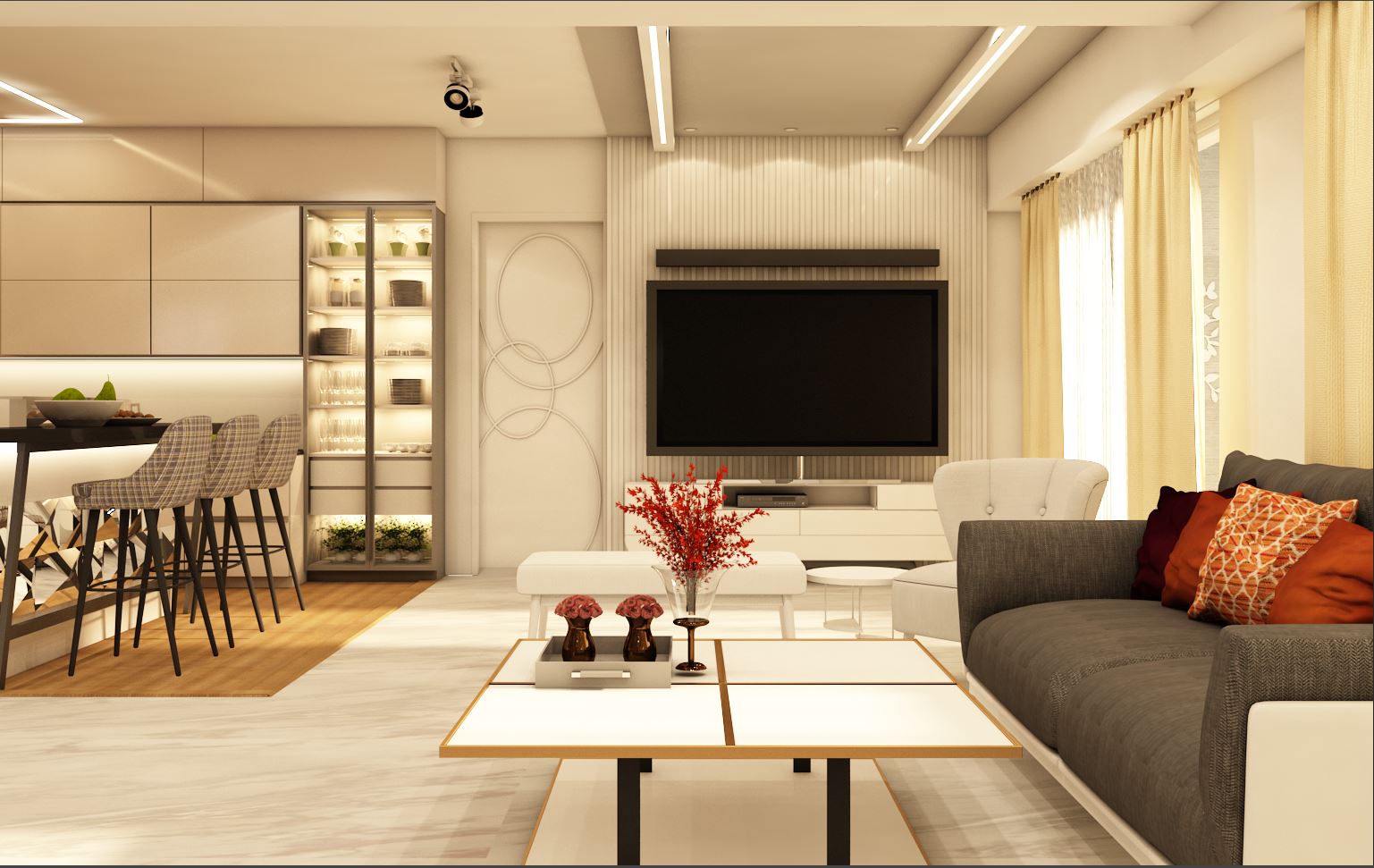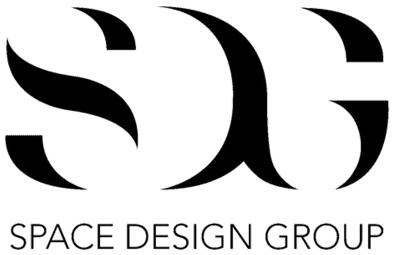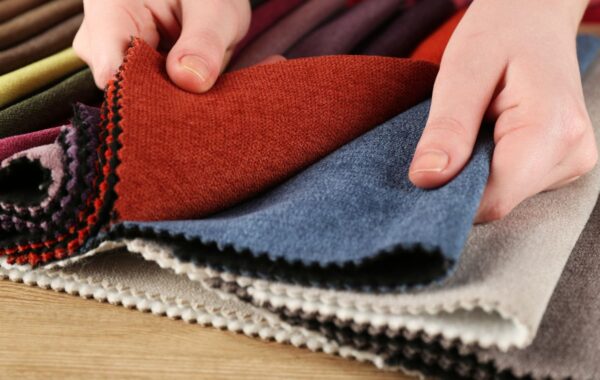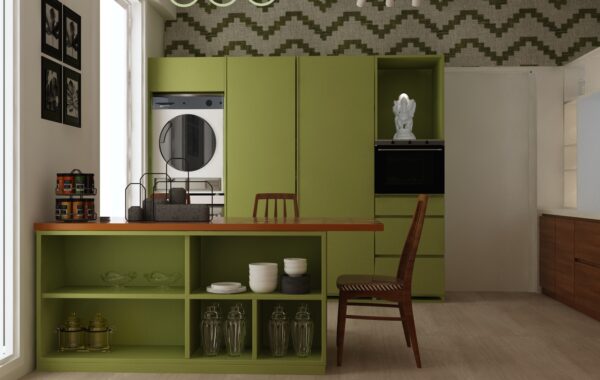In a world where we’re constantly making choices—from what to eat to how to reply to messages—decision fatigue is quietly eroding our energy, focus, and emotional well-being.
But here’s what few realize: your home might be contributing more to that fatigue than your inbox.
As a world-class interior designer and design strategist, I’ve come to see homes not just as sanctuaries—but as silent partners in how we think, act, and feel. And one of the greatest roles your interior can play is to reduce mental load—without you even realizing it.
Welcome to the philosophy of Designing for Decision Fatigue: a powerful approach that makes your space work smarter, so your mind can work less.

🧠 What is Decision Fatigue—and Why Should You Care?
Decision fatigue is the mental exhaustion that sets in after making too many choices. From picking an outfit to navigating a cluttered kitchen, each decision—even small ones—chips away at your cognitive resources.
By mid-day, your brain is already overloaded, leading to:
- Impulsive choices
- Avoidance
- Stress
- Procrastination
- Mental burnout
Now imagine if your home could eliminate dozens of tiny, unnecessary decisions each day, streamlining your routines and giving your brain room to breathe.
This is not about living minimally. It’s about designing intelligently.
🛋 1. Streamline Visual Inputs: Reduce the “Mental Noise”
Your brain is constantly scanning your environment, even when you’re not consciously paying attention. Cluttered surfaces, mismatched colors, and visual chaos force your brain into overdrive.
Design Tips:
- Limit visual clutter: Store items in closed cabinetry or concealed storage when not in use.
- Choose a cohesive color palette to reduce overstimulation.
- Use repetition—matching containers, symmetrical shelves, or balanced shapes—to create visual calm.
Fewer visual inputs = fewer micro-decisions = more mental clarity.
🕰 2. Design for Predictable Routines
Habits thrive in consistent environments. When your space guides your routine, it removes the need for conscious decision-making.
Try This:
- A morning station by the kitchen with vitamins, a water bottle, and keys
- A nightstand drawer with everything for wind-down: hand cream, journal, charger, eye mask
- A designated “launch zone” near the entry for shoes, bags, and essentials
When everything has a place—and that place supports a habit—your environment does the remembering for you.
💡 3. Use Lighting to Automate Energy Shifts
Lighting affects your brain chemistry. Harsh or poorly timed light can confuse your system and force your brain to work harder to regulate energy.
Design Smarter Light:
- Install automated lighting that shifts from bright and cool in the morning to warm and dim in the evening
- Use motion sensor lights in hallways or closets to remove friction
- Place task lighting exactly where it’s needed—reading lamps, vanity mirrors, under-cabinet LEDs
When light follows your rhythms, your brain doesn’t have to fight against its environment.
🪑 4. Embrace “Decision-Free Zones”
Not every room needs to offer infinite options. In fact, some should remove choice altogether.
What That Looks Like:
- A wardrobe organized by color or function (work, leisure, events) to simplify getting dressed
- A dining area with a consistent, calm tablescape—ready for breakfast or dinner without needing to reset
- A reading nook with only your current book, a blanket, and a light—nothing else to “do”
Choice can be empowering. But in moments of stress or fatigue, freedom from choice is far more powerful.
🗃 5. Organize Based on Frequency, Not Category
Traditional organization says to group like items together. But smart design says: put what you use most where your hand naturally goes.
- Store daily-use items at eye level and within easy reach
- Use drawer dividers or bins for high-use areas like makeup, coffee supplies, or tech
- Hide rarely used items out of sight to reduce visual friction
This small shift reduces the need to constantly think “Where did I put that?”—a surprisingly draining mental loop.
🧘 6. Micro-Zoning for Mental Ease
Split large spaces into micro-zones, so your brain intuitively understands the function of each area. It eliminates the ambiguity of “what am I supposed to do here?”
- A meditation corner with a mat, plant, and candle
- A focused workspace with minimal decor and upright seating
- A lounging area with soft throws, books, and ambient lighting
When a space has a clear purpose, you don’t have to decide what to do there. Your body just follows.
🔁 7. Design for Repetition and Automation
One of the best ways to combat decision fatigue? Automate your environment. Let your home reset itself.
- Use trays, baskets, or rituals that make resetting a room effortless
- Keep towels folded the same way, tools in the same drawer, or mugs in the same spot
- Consider color-coded systems (for cables, files, or bins)
Repetition isn’t boring. It’s relieving. It’s your design doing the heavy lifting behind the scenes.
🧠 Final Thought: Design Is the Silent Strategist
You don’t need more discipline. You need a space that removes the invisible friction of daily life.
The most powerful design is invisible—it works in the background, supporting you quietly, every step of the day. Designing for decision fatigue is not about stripping away joy—it’s about making room for it by eliminating the mental noise.
When your space does more of the work, you get to do more of the living.


